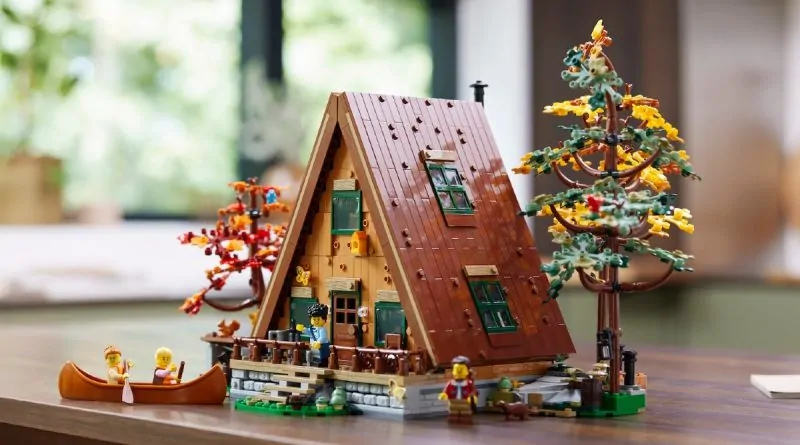LEGO reveals five top tips for getting your LEGO Ideas project approved
The Creative Lead of LEGO Ideas has revealed five ways you can boost the chances of getting your crowdsourced project approved for production.
Convincing the LEGO community to support your project on LEGO Ideas is really only the first step in the process, even if it’s a crucial one: you can’t get to the review stage without racking up 10,000 votes, but even achieving that feat is no guarantee your proposal will become an official set sold on store shelves. For that to happen, the LEGO Ideas review board needs to give it the green light.
Unfortunately for budding creators, the review stage is largely opaque. The LEGO Group rarely reveals its reasons for rejecting projects, while the criteria it’s judging submissions by is pretty vague. The LEGO Ideas website states that the review board’s evaluation includes factors such as ‘playability, safety and fit with the LEGO brand’, but notes that the part each of those factors plays can ‘vary from idea to idea’ at the company’s discretion.
If you’re looking to cut through the mystery and want some solid tips for putting together a successful LEGO Ideas project, there’s only one person to ask: the Creative Lead of LEGO Ideas, Jordan Scott. We caught up with the designer for some concrete advice on getting your LEGO Ideas submission approved, and he’s come through with five tangible tips to increase your chances on the crowdsourcing platform.
5 – Target fresh ideas and think outside the box
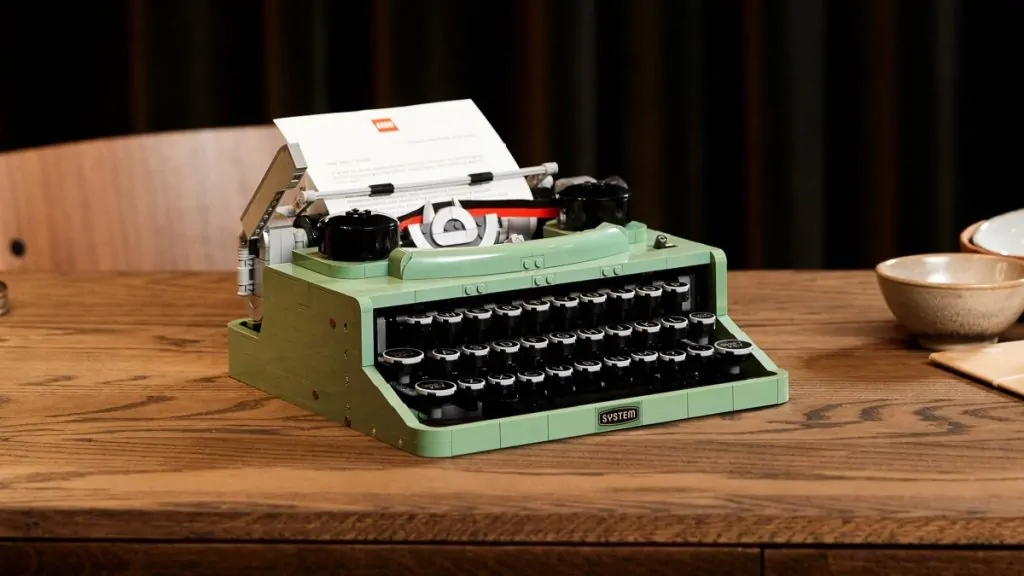
Scott says that the projects that stand out most on LEGO Ideas are the ones that the team ‘never would have thought of’.
“We see a lot of modulars, a lot of vehicles, and now we’re seeing a lot of botanicals – things like that,” he explains. “But what are those really core, niche ideas that we haven’t really seen? Like a typewriter – I don’t think we would have ever considered doing that five or six years ago. But it’s so new, and it’s so interesting and different. Those types of models typically stand out to us.”
4 – Look up licences that the LEGO Group has never considered
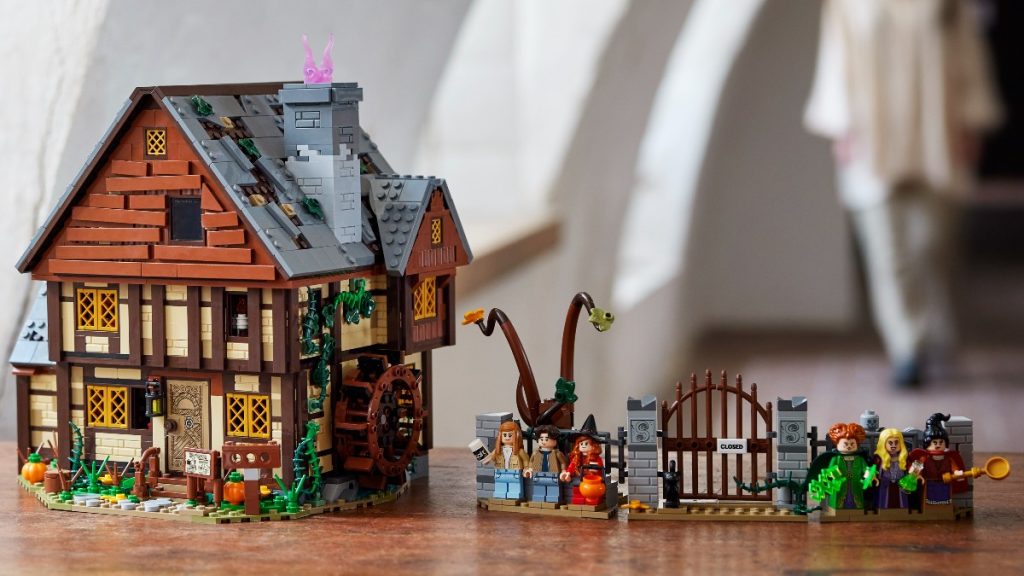
“There are certain IPs [intellectual properties] that we haven’t considered that we see coming up on the platform,” Scott says, referring to sets like 21341 Hocus Pocus: The Sanderson Sisters’ Cottage and the upcoming The Nightmare Before Christmas project. “Things that are maybe tying into a specific anniversary, or a cultural moment, or a season.
“We approved the Hocus Pocus set, and that ties very much into Disney and Halloween and things like that.” If you’re looking for a hook, you could do much worse than searching for big anniversaries in 2025…
3 – If you don’t get approved, try, try again
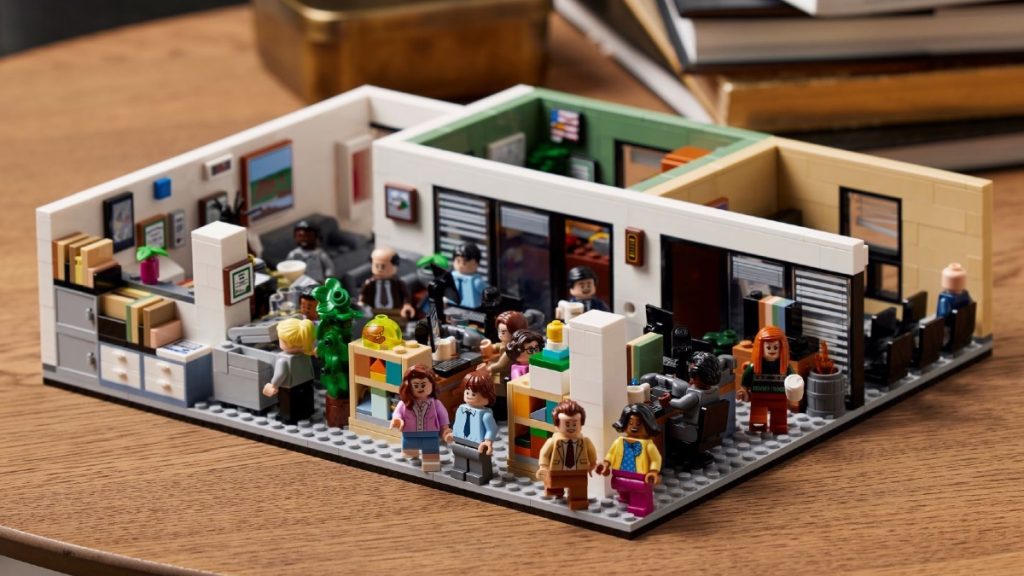
Rejection in the review stage doesn’t have to be the end of the road for your project: as the LEGO Ideas team has explained before, timing plays a key role in deciding whether or not to greenlight a set.
“If you have submitted and you don’t get approved, it’s not to say that it was a bad design or a bad model – it might just be the wrong timing,” Scott explains. “We’ve seen that with 21336 The Office, where if you resubmit it with changes, maybe wait half a year or a full year, and try to get to 10K again, it might be the right time then.”
2 – Don’t just submit the same thing twice

If you do choose to resubmit a rejected idea to the platform, it’s worth tinkering with it for the best possible results, rather than constantly reuploading exactly the same project. Not only will that likely put you in better stead with LEGO Ideas’ core audience (here’s something new to vote for!), but it’s exactly what the review board will be looking for, too.
“We would typically like to see improvements if they don’t get approved,” Scott clarifies. “How can you build on that and make it more playable, more of an experience? Things like that.”
1 – It doesn’t need to be massive
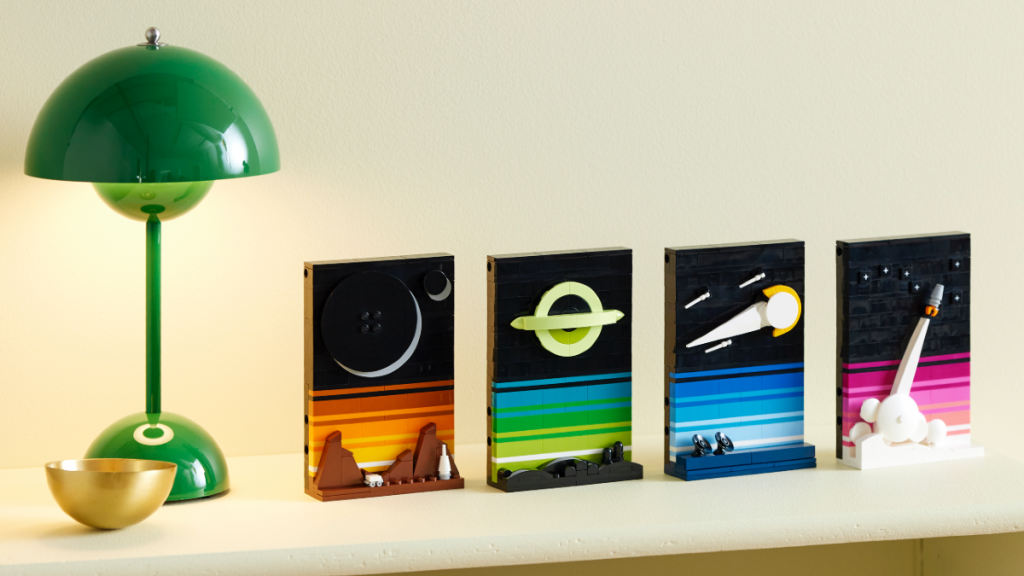
While LEGO Ideas sets have generally ballooned in size over the past few years, the occasional affordable set does slip through the review phase, too – like this year’s 21340 Tales of the Space Age, for example, or the upcoming Insects project from José María, which looks sure to come in under the £100 mark.
Scott agrees that it’s ‘not necessarily the biggest sets’ that get approved, offering hope to builders without the time or resources to dream up 3,000-piece models. “We’re always looking for a variety of scale and things like that, so it’s not necessarily the bigger, the better,” he says. “What can you achieve with a really small assortment of bricks that is really cool and interesting?”
Head over to the Brick Fanatics YouTube channel to hear more from LEGO Ideas Creative Lead Jordan Scott, including a walkthrough of his most iconic sets.
Support the work that Brick Fanatics does by purchasing your LEGO using our affiliate links and subscribing to our YouTube channel.
Author Profile
- I like to think of myself as a journalist first, LEGO fan second, but we all know that’s not really the case. Journalism does run through my veins, though, like some kind of weird literary blood – the sort that will no doubt one day lead to a stress-induced heart malfunction. It’s like smoking, only worse. Thankfully, I get to write about LEGO until then.

